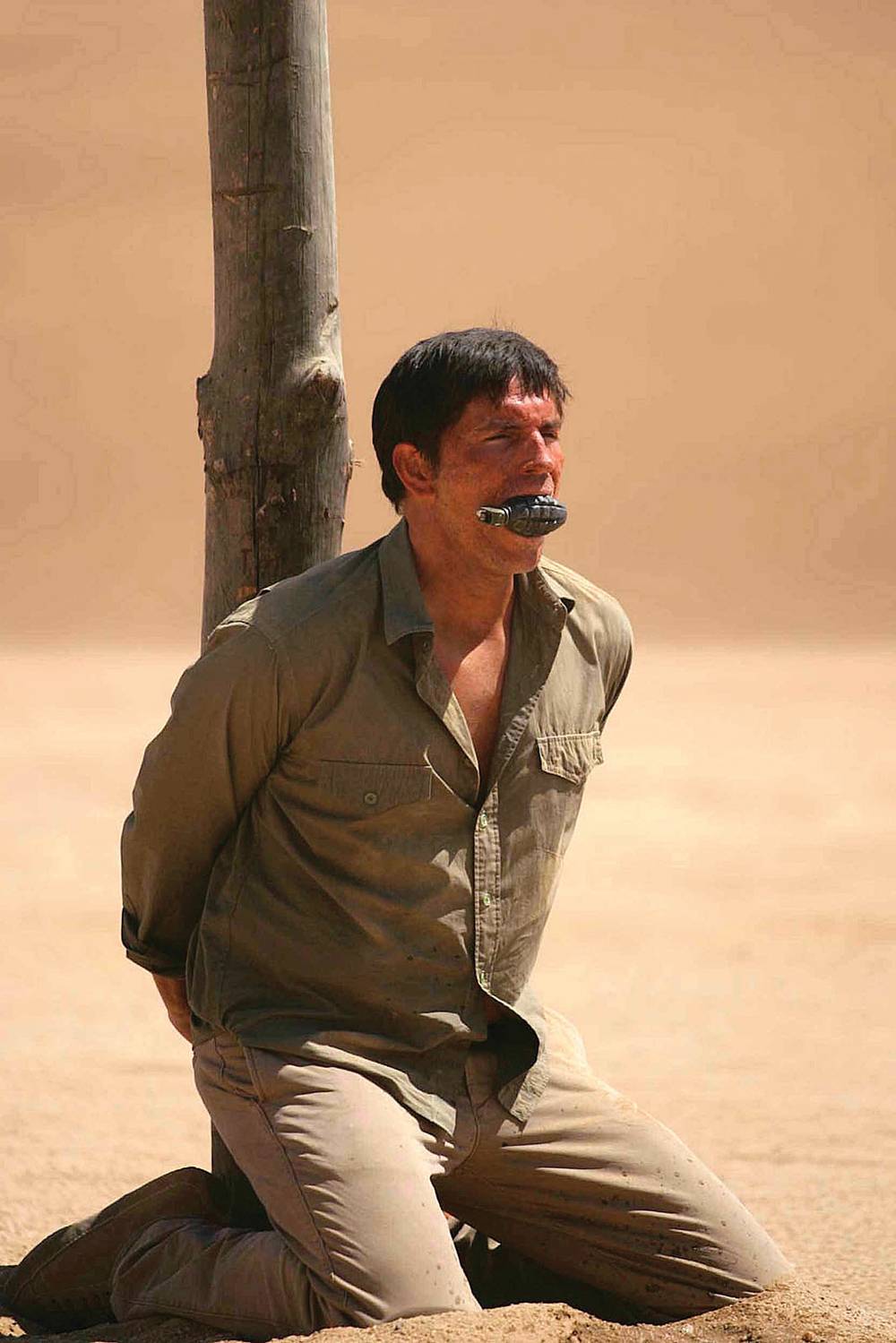The 1960s British TV series The Prisoner is hugely influential in the world of sci-fi and secret-agent TV shows and movies; Lost in particular owes much of its twisty narrative structure and paranoid tone to the show that ran for 17 episodes in 1967 and ’68. The Prisoner’s cult following has kept it in reruns on stations ranging from PBS to IFC pretty consistently since it debuted in the U.S. in 1968 on CBS. The thing is, though, it actually kind of sucked.
The original Prisoner was often tedious, repetitive and way too taken with its own weirdness, and by the end of the series had gone completely off the rails into psychedelic mumbo-jumbo. It’s best viewed as a showcase for creator/star Patrick McGoohan, whose Number Six, a spy trapped in the idyllic-but-sinister Village, is rakish, impulsive and stubborn, refusing to cooperate with his captors no matter how bad of an acid trip they seem to be putting him through. Cohesive storylines and consistent characters were never The Prisoner’s strong suit, so it’s interesting to see the new remake (AMC, November 15-17, 8 p.m.) try to encompass both, and fall short of the anything-goes tone of the original as well as the dense plotting of its more grounded followers.
The Details
- The Prisoner

- AMC, November 15-17, 8 p.m.
The new show, which airs in six one-hour episodes over the course of three nights, tells a complete story with a beginning, middle and end, one which more or less makes sense by the time it’s all over. Jim Caviezel steps in as Six—this time not a spy but an analyst for a shady, vaguely defined corporation called Summakor—who, like McGoohan’s Six, resigns from his position and finds himself whisked away to the Village, where he is assigned a number and relentlessly prodded by the seemingly omnipotent Number Two (Ian McKellen).
The biggest change here is that while the inhabitants of the original Village were aware of their status as prisoners (to varying degrees of acceptance), the new Villagers are made to forget about any previous life or other place, convinced that they’ve spent their entire lives in this disturbingly peaceful hamlet. Six, of course, isn’t having it, and the series is largely about his efforts to figure out the true nature of the Village (rather than to escape, which was the original Six’s constant goal). We get an explanation of sorts at the end, which is more satisfying than the incomprehensible finale of the original series, but still registers mostly as an anticlimax.
The whole thing, really, is anticlimactic, a staid, existential rumination, which is occasionally as nonsensical as the original but never as amusing. Caviezel is dull and humorless, somehow making Six into the least interesting character on the show. McKellen does a good impish villain, but the efforts to give Two his own back story (the original featured a different Two in each episode) likewise fail; top-billed in the credits, McKellen gets more to do, but Two’s relationship with his petulant son goes nowhere worthwhile. The otherworldly setting (the series was shot in Namibia) is the most impressive element, and the recurring secondary characters give this version of the Village a fuller life. But by remaking such an original, if frustrating, piece of TV, all the producers have done is prove how few of their own ideas they have to offer.

Previous Discussion: